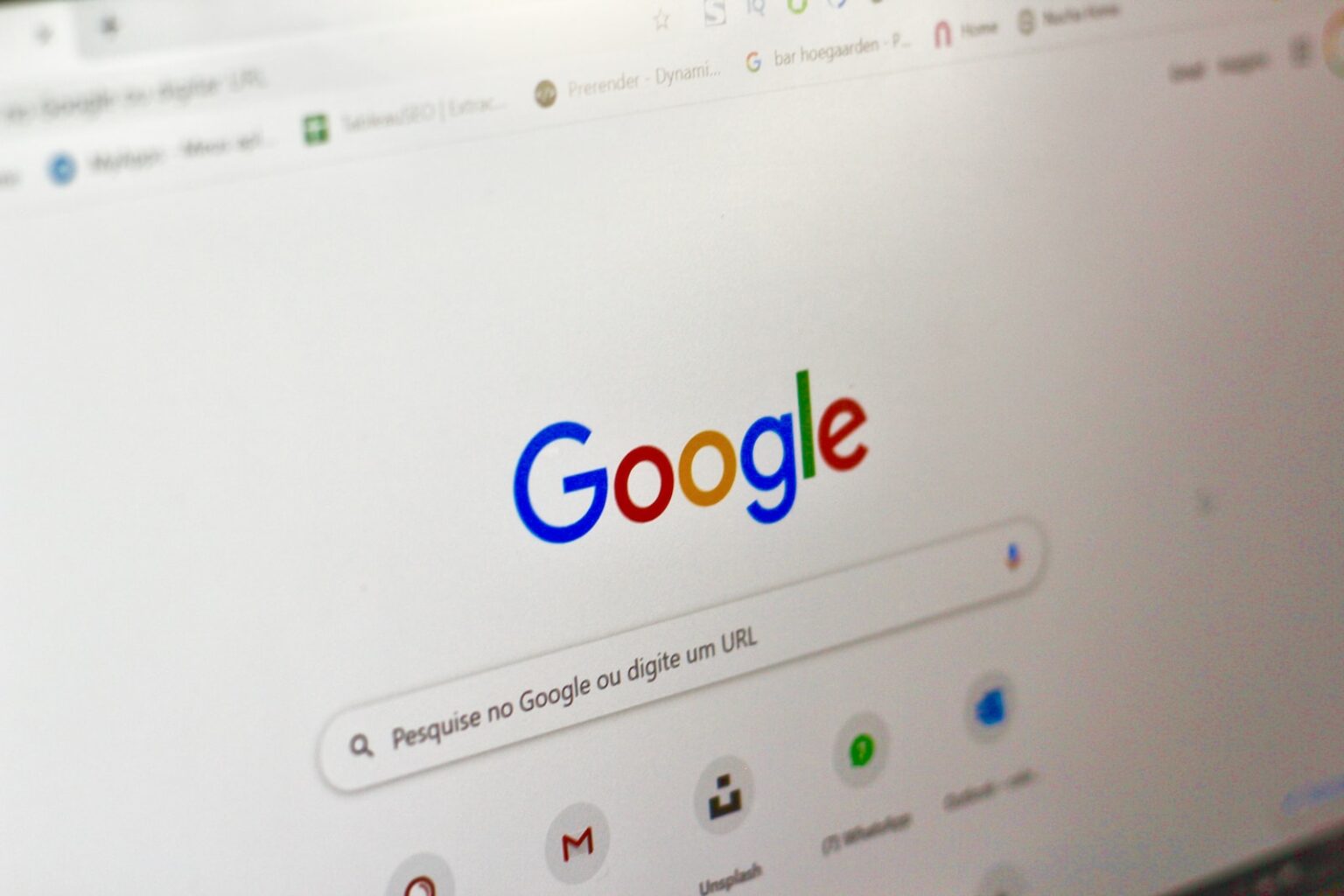Google may have presented misleading information to a range of advertisers, including Fortune 500 brands, small businesses, and the US federal government, concerning its ad viewership. This revelation comes from a recent report by advertising research organization, Adalytics.
The disparity reportedly stems from Google’s proprietary TrueView in-stream video ads. According to Adalytics, media buyers may have spent billions on these ads, displayed as small, auto-playing or interstitial video units on independent websites and mobile apps.
Google’s TrueView offers a cost-per-view format, whereby advertisers pay only when people actually view their ads. However, the report suggests that many TrueView ads didn’t meet Google’s own quality standards or were not as per the advertisers’ expectations.
Adalytics found that several TrueView in-stream ads were served as auto-playing or obscured video players on external sites. Often, there was no organic video media content accompanying these ads.
Also read: When Green Claims Run Red: A Critical Look at Hyundai and Toyota’s Banned Electric Car Ads
The research, which examined the ad campaigns of over 1,000 brands, found that many TrueView ads fell short of Google’s guidelines. Some ads ran in small video players, some were muted, and some lacked video content, resulting in limited user interaction. Adalytics also noted instances where ads concealed their skip buttons, making it challenging for users to skip the ads.
Numerous prominent brands, including Bayer, TikTok, American Express, Sephora, Disney Plus, Ford, Microsoft, and Zillow, were reportedly affected.
Responding to the allegations, Google’s director of global video solutions, Marvin Renaud, denounced the claims as “extremely inaccurate”. He maintained that advertisers retain control and that third-party publishers, including Google Video Partners, adhere to strict policies.
Renaud pointed out Google’s serious commitment to ad regulation, highlighting its action to stop serving ads on over 143,000 sites and suspend over 6.7 million advertiser accounts in 2022. Google also reported removing over 5.2 billion ads and restricting over 4.3 billion ads that year for policy violations. This stringent enforcement, Renaud affirmed, is powered by a blend of human reviews and automated systems driven by AI and machine learning.
This news is based on an article by the Marketing Interactive.
















